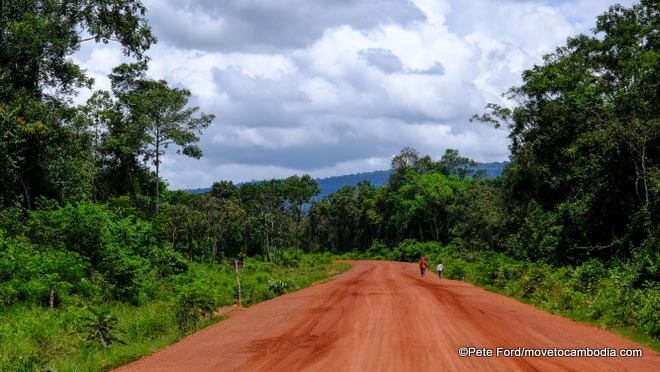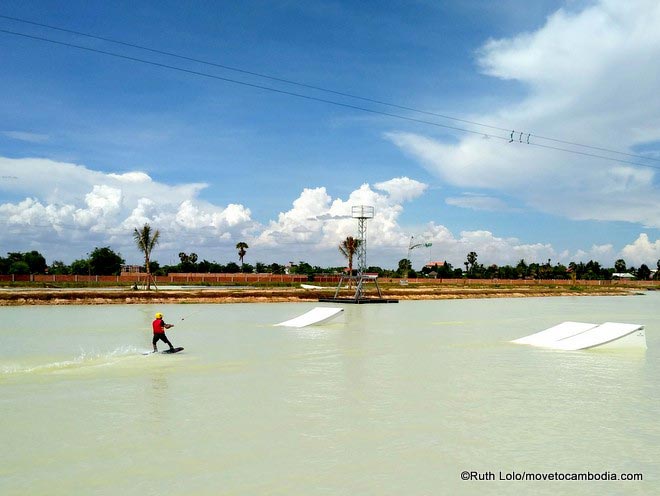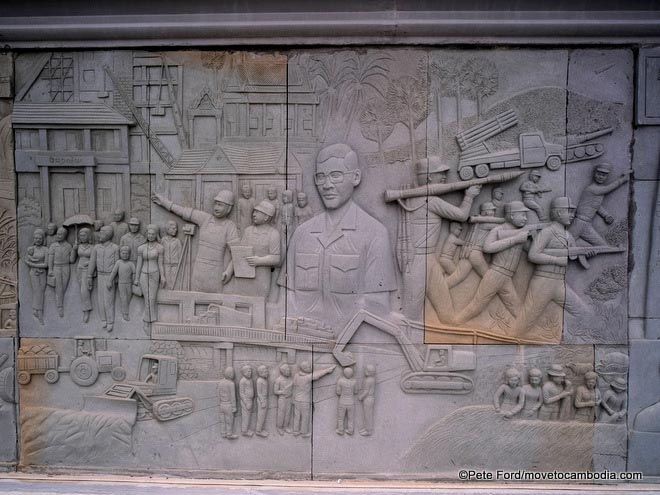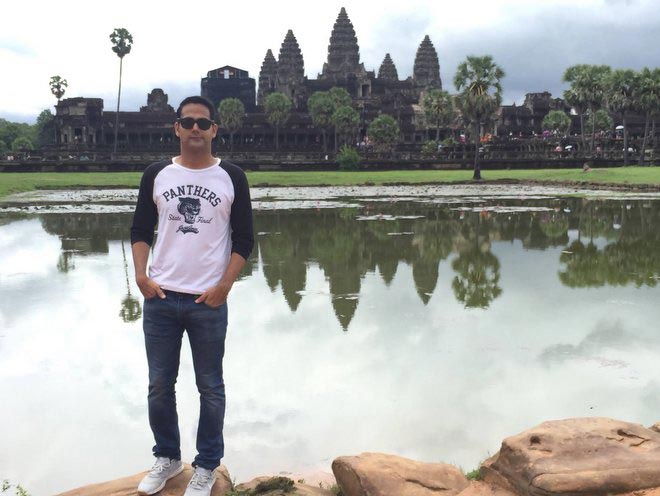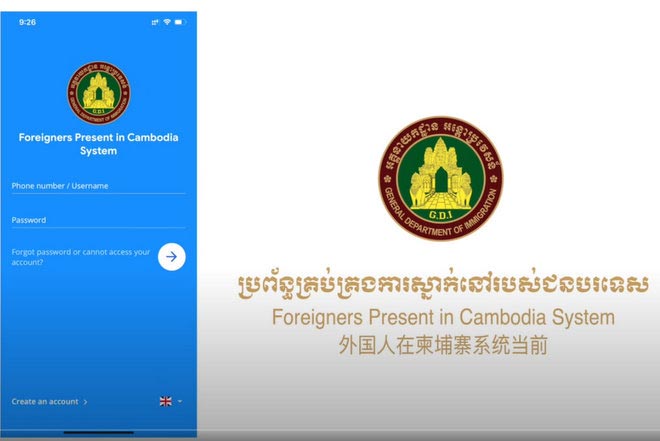Name three facts about money in Cambodia’s present or future. Go on, I dare you. Fine, I’ll start. Did you know that the Angkorian Empire largely used a barter system and forswore cash? Or that when the riel was re-introduced in 1980 it was pegged against rice (1 kilogram of rice was equal to 1 riel)? Or that the Khmer Rouge printed millions of dollars worth of banknotes in China, and then promptly blew up the National Bank of Cambodia and banned money for a few years?
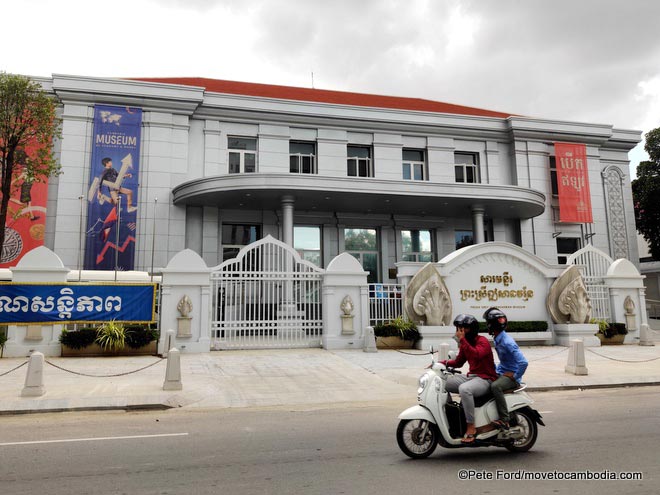
Cambodia’s newest museum is all about the Benjamins (not riel-y! It’s all about the Sihanouks)
Well, I knew the last one, but the first two were new to me, and all thanks to SOSORO: Cambodian Museum of Money and Economy, Cambodia’s newest museum, and one certainly different from those that have come before it. Housed in the former French protectorate municipalité, with the modern layout, the attempt to tell a story, the clear and informative (and mostly grammatically correct) bilingual signage, the request that visitors switch their shoes for white faux-Crocs during their visit, and the fact that it is most certainly aimed at both local and expat audiences — nothing quite like it exists in the Kingdom. Continue reading
